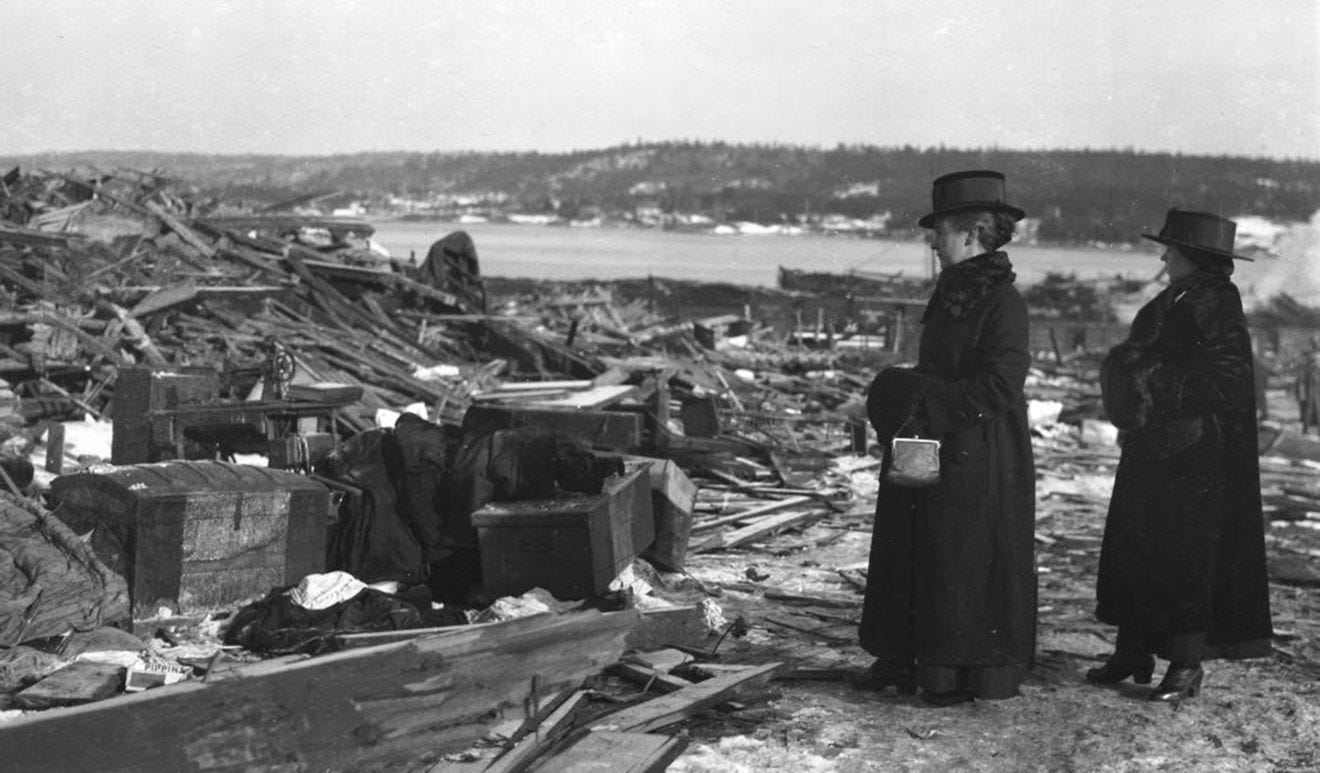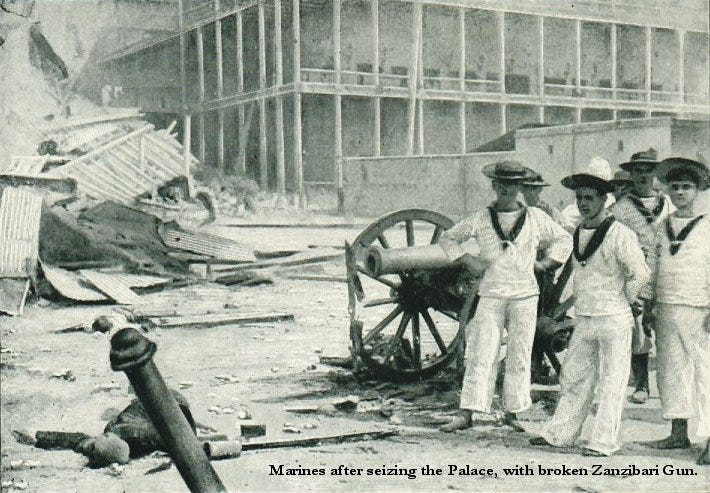innovuscollege.com – The Halifax Explosion of December 6, 1917, remains one of the deadliest and most devastating disasters in Canadian history. Occurring in the harbor of Halifax, Nova Scotia, this catastrophic event resulted from the collision of two ships, one of which was carrying explosive materials. The massive blast obliterated much of the city and left thousands dead or injured.
The Events Leading to the Explosion
During World War I, Halifax was a crucial port for military and supply shipments. On the morning of December 6, the French cargo ship Mont-Blanc, loaded with highly explosive materials such as TNT, picric acid, and benzol, was navigating through Halifax Harbor. At the same time, the Norwegian vessel Imo was leaving the harbor. Due to miscommunication and navigational errors, the two ships collided.
The impact caused a fire on the Mont-Blanc, which quickly spread. Knowing the catastrophic potential of their cargo, the crew abandoned ship. Approximately 20 minutes later, the fire reached the explosives, triggering a massive blast that devastated the surrounding area.
The Explosion and Its Devastation
The blast was one of the most powerful non-nuclear explosions in history, with an estimated force equivalent to 2.9 kilotons of TNT. The effects included:
- A massive fireball that vaporized the Mont-Blanc and destroyed buildings within a 2.5-kilometer radius.
- A shockwave that shattered windows as far as 100 kilometers away.
- A tsunami that surged into the city, adding to the destruction.
- An estimated 2,000 deaths, with over 9,000 injuries.
Aftermath and Relief Efforts
The aftermath was one of destruction and chaos, with thousands left homeless. Emergency aid arrived from across Canada and the United States, with the city of Boston playing a significant role in relief efforts. To this day, Halifax sends a Christmas tree to Boston annually as a token of gratitude.
Legacy of the Halifax Explosion
The tragedy led to improvements in maritime safety regulations, including better communication and navigation protocols. It also remains a key historical event that shaped Halifax and Canadian history.
The Halifax Explosion serves as a reminder of the devastating power of human error and the resilience of communities in the face of disaster.





